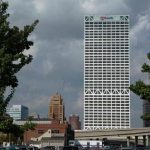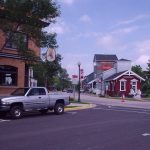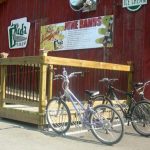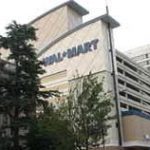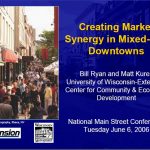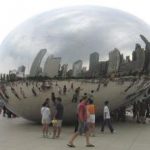Serving Downtown Office Workers
Most downtown employees commute to work. Given the non-local nature of these commuters, downtowns are faced with the challenge of keeping its employees downtown after working hours, while also encouraging them to spend more money during the day. In general, the more time spent by workers in and around their offices, the more likely they are to make purchases at downtown establishments. Recognizing these challenges, a recent study conducted by the International Council of Shopping Centers (ICSC) analyzed how the habits of office workers have changed between 1987 and 2003. The study examined changing consumer preferences among office workers, along with the impact of retail availability on employee shopping habits. The summary of these findings can be found in this issue.
Read More...